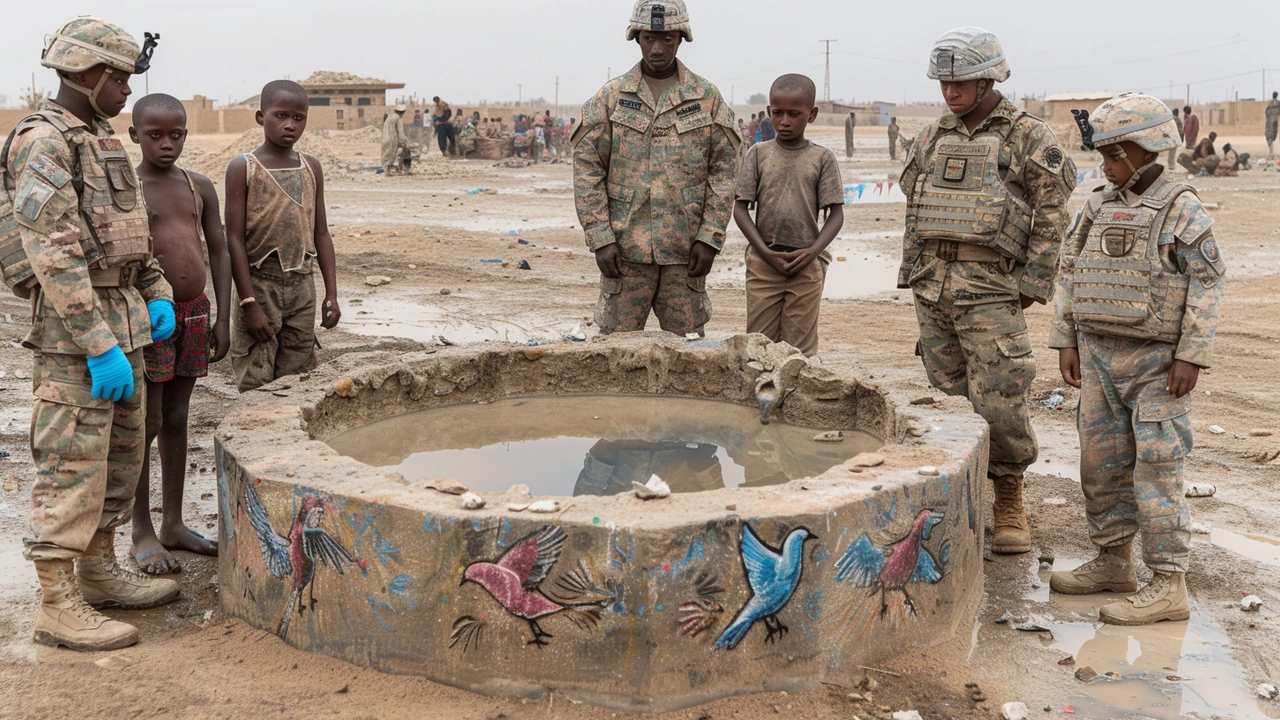Peacekeeping gets a lot of headlines, but what does "impact" actually mean on the ground? Here we break it down into clear, concrete outcomes you can see and measure: fewer civilian deaths, returned families, repaired schools, functioning courts, and safer streets. These are the changes that matter to people living through conflict.
First, look at security. A successful mission reduces violence where it operates. That might mean fewer armed clashes, fewer checkpoints manned by armed groups, and fewer civilian casualties. For example, peacekeepers often secure buffer zones that allow humanitarian aid to reach towns that were cut off.
Second, think about daily life. Peacekeeping helps reopen schools, fix hospitals, and restore basic services. When electricity and water return, families start to rebuild. Those are visible signs that peacekeeping is making a difference.
Third, there's political stability. Peacekeepers support fair elections, protect political processes, and help enforce ceasefires. A mission that backs a credible vote and then helps train local police has a measurable effect: more people participate in politics, and trust in institutions grows.
Fourth, human rights and protection matter. Missions monitor abuses, document violations, and support victims. In some places, peacekeepers’ presence alone deters attacks on civilians and allows displaced people to return home safely.
Good measurement mixes numbers and stories. Numbers include drops in violence, counts of returned families, and how many schools reopened. Stories show how a village feels safer or how a woman's group can meet again. Both matter. On this site you’ll find deep reads and field reports — from strategy pieces like "The Resilient Core of Peacekeeping Operations" to personal accounts in "Unveiling the Bravery in Peacekeeping." They show both data and human impact.
Challenges change results. Short mandates, weak funding, hostile local actors, and unclear political backing all limit impact. That’s why local ownership is a must: missions that train local police, support local courts, and work with community leaders leave lasting change. Technology helps too — better mapping, faster reporting, and remote monitoring improve response times and transparency.
Want to know if a mission works long-term? Watch institutions, not just short-term security. Are local courts handling cases? Are local forces taking responsibility for checkpoints? Is civil society active again? Those signs mean impact is staying after peacekeepers leave.
If you want examples and reports, check the Impact tag on Peacekeeping News Hub. Read mission profiles, human stories, and analysis that tie actions to outcomes. Understanding impact helps citizens, donors, and policymakers back the strategies that actually protect people and rebuild communities.
Curious about a specific mission or metric? Browse our posts or drop a question to our team — we focus on facts and human stories so you can see how peacekeeping changes lives, one community at a time.

Hi there! Today, let's dive into an intriguing discussion about the evolution and impact of peacekeeping. We'll be exploring some significant changes in peacekeeping strategies over time and delving into the profound implications these have on global politics. Understanding the shifts in peacekeeping methods can offer us valuable insights into our world's history and its future. Join me as we unravel this fascinating topic.
